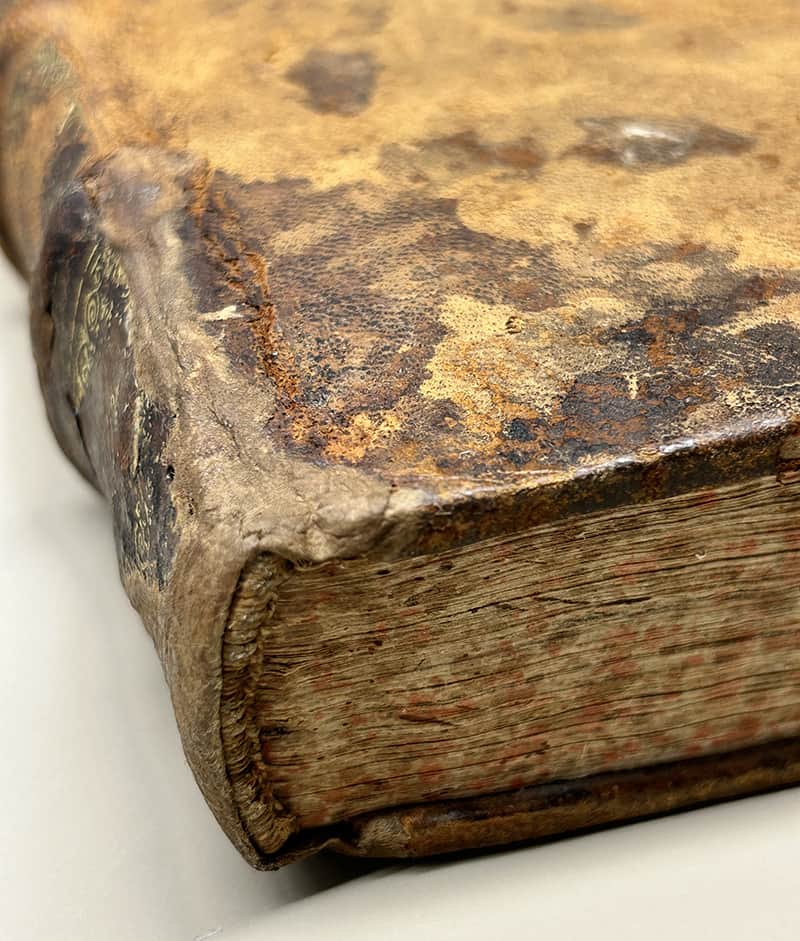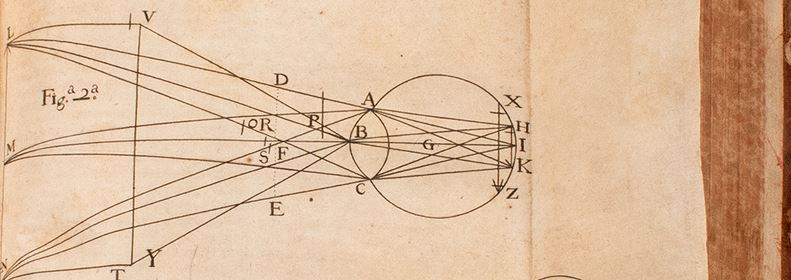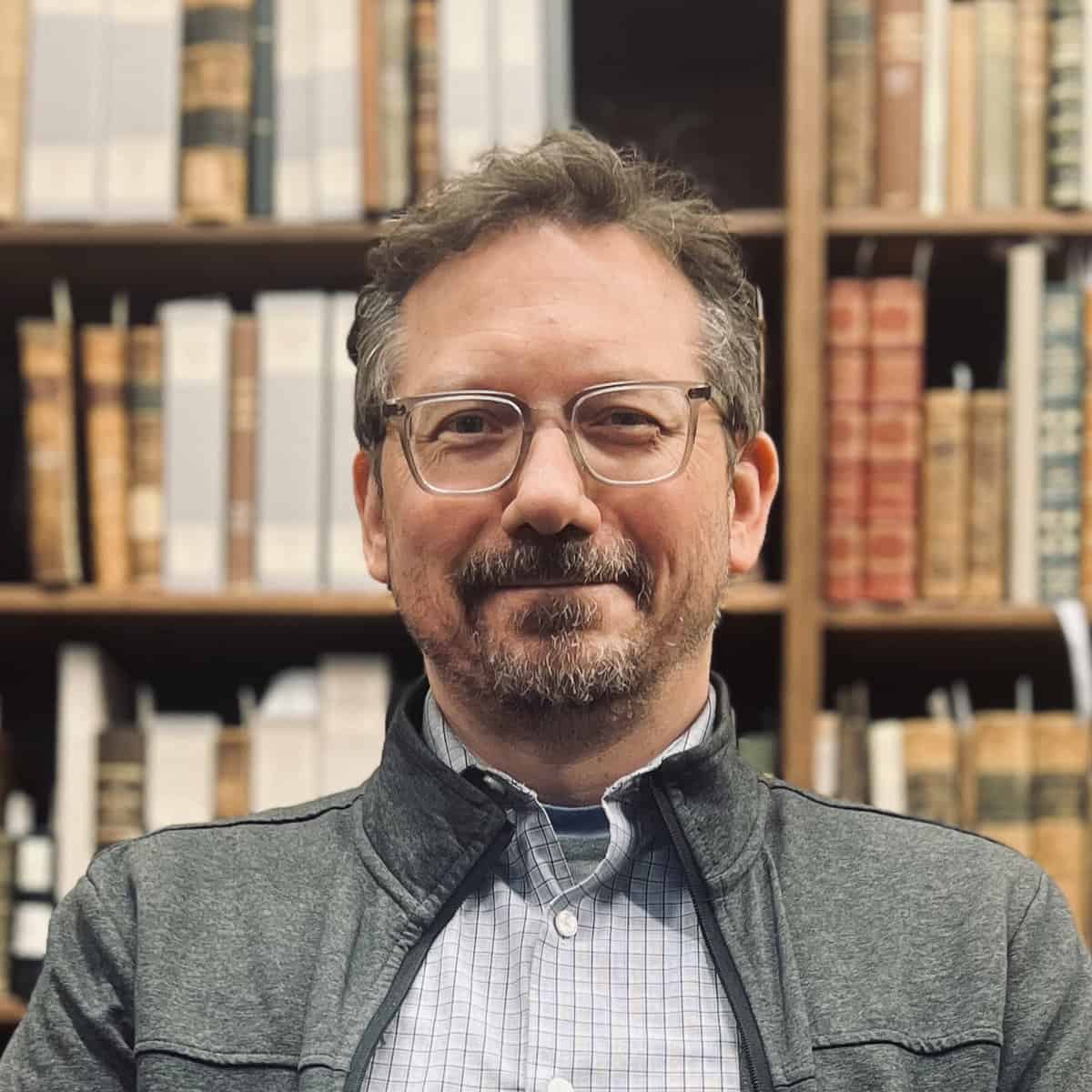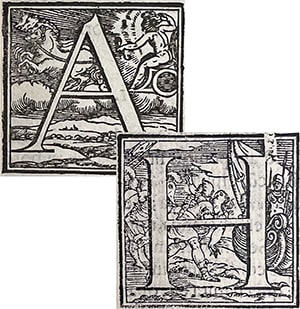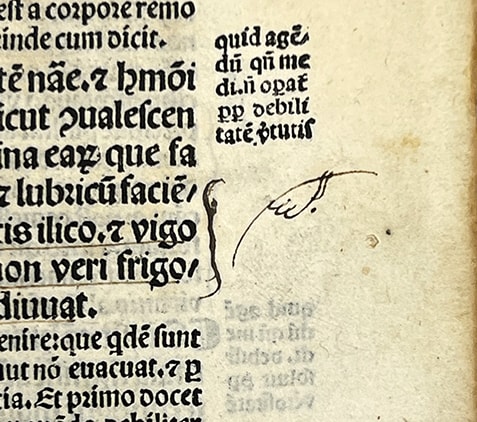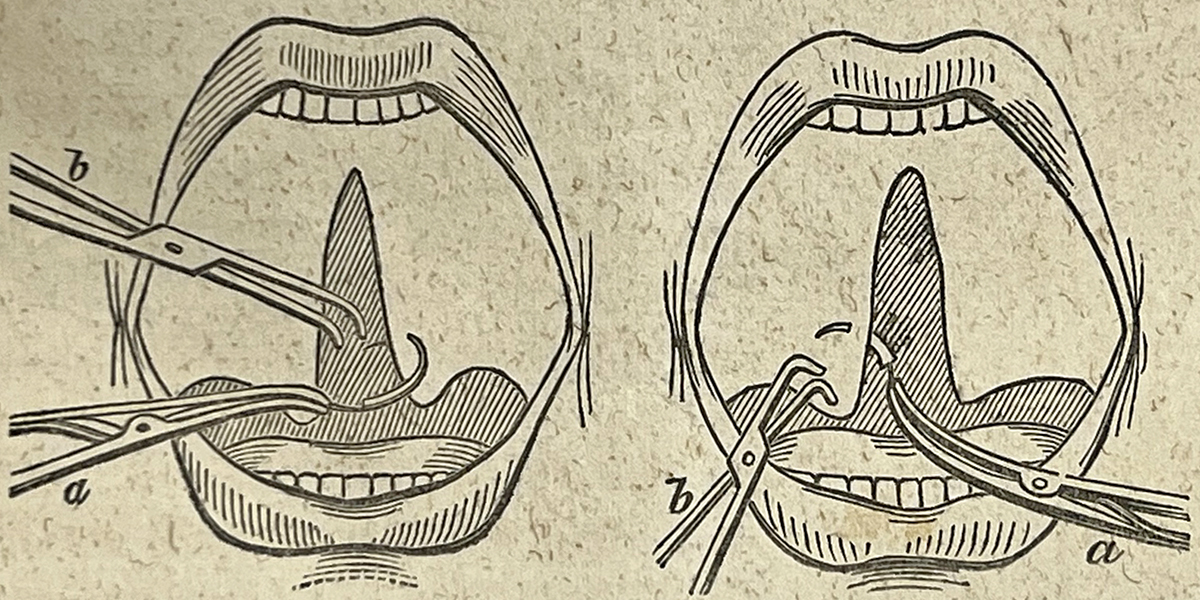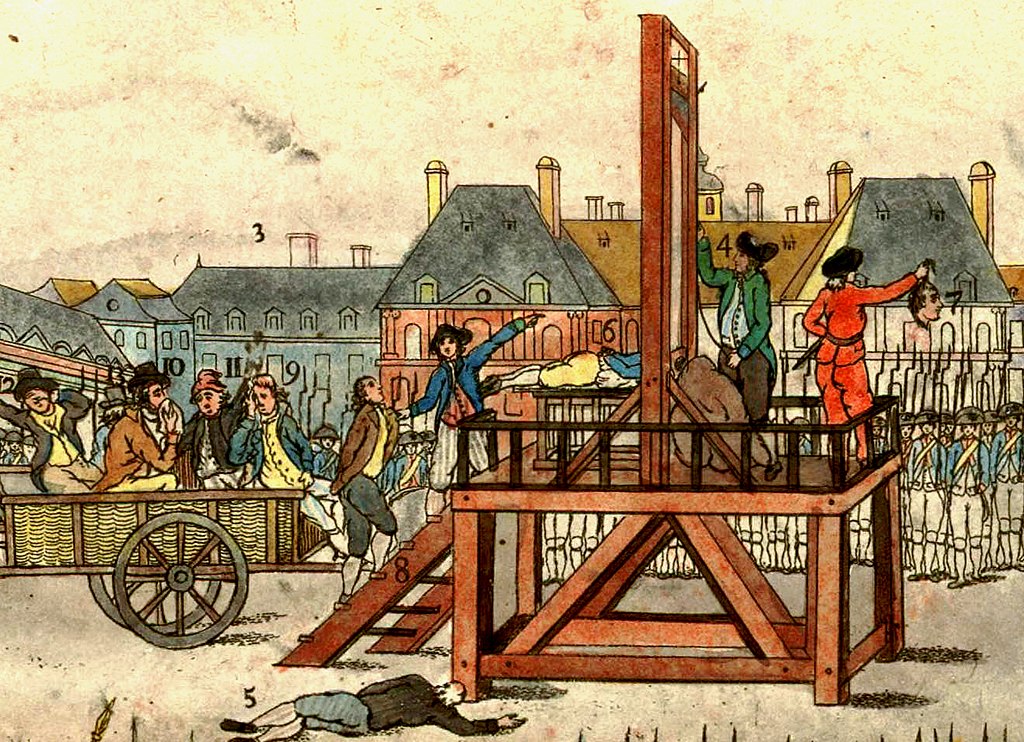by Giselle SimónUniversity ConservatorDirector, UI Libraries Conservation and Collections Care This particular treatment was a perfect candidate to test out some momigami, a long-fibered Japanese paper that is coated with konnyaku (a plant mucilage) and crumpled multiple times, giving it a fabric-like texture and strength. To back up a bit, early book repair and restorationContinue reading “The Fabri-c of Our (Book) Lives | Conservation Corner”
Category Archives: History of Medicine
Absolutely Fab-rius | Notes from the John Martin Rare Book Room @Hardin Library
Damien Ihrig, MA, MLISCurator, John Martin Rare Book Room Over time, books can start to show their age. All kinds of things take their toll on a book – fire, pollution, pests, and acidic inks, to name a few. Mostly, though – and this makes me very happy – books just get used. And thatContinue reading “Absolutely Fab-rius | Notes from the John Martin Rare Book Room @Hardin Library”
Presentations by our librarians at the 2023 Medical Library Association Conference
The Medical Library Association (MLA) and the Special Libraries Association (SLA) held a joint annual conference in Detroit from May 16-19, 2023. Three librarians from the Hardin Library for Health Sciences gave lighting talks and presentations at the conference. Lightning Talk: Authorship or Acknowledgement: A Complicated Question! For librarians supporting systematic reviews, determining whether toContinue reading “Presentations by our librarians at the 2023 Medical Library Association Conference”
The History of Women’s Health & Women Practitioners in Midwest | John Martin Rare Book Room Open House & Lecture | Greta Nettleton, Speaker | Wed. May 3
Join Hardin Library staff for the Annual John Martin Rare Book Room Open House featuring a lecture by Greta Nettleton. Wednesday, May 3 Open House, 3-6pm, John Martin Rare Book Room, 446 Hardin Library, 600 Newton Road, Iowa City Greta Nettleton Lecture, 6-7pm, Room 401 Hardin Library The open house will highlight historical works onContinue reading “The History of Women’s Health & Women Practitioners in Midwest | John Martin Rare Book Room Open House & Lecture | Greta Nettleton, Speaker | Wed. May 3”
Damien Ihrig | Curator | Waste Not, Want Not: Exploring the Binder’s Waste of the John Martin Rare Book Room | Video available
Damien Ihrig is the Curator for the John Martin Rare Book Room (JMRBR) in the Hardin Library for the Health Sciences at the University of Iowa. He works with researchers of all ages and from various backgrounds to find and use information on the history of the health sciences. He also manages the collection of rareContinue reading “Damien Ihrig | Curator | Waste Not, Want Not: Exploring the Binder’s Waste of the John Martin Rare Book Room | Video available”
Anatomist Gabriel Fallopius | John Martin Rare Book Room @Hardin Library | January 2023 Book of the Month
by Damien Ihrig, curator FALLOPIUS, GABRIEL (1523-1562). Libelli duo, alter de ulceribus: alter de tumoribus praeter naturam [Two pamphlets, one on ulcers: the other on unnatural tumors]. Printed in Venice by Donato Bertelli, 1563. 101 pages. 21 cm tall. Fallopius was born in 1523 in Modena, Italy, to a lower noble family. The death of hisContinue reading “Anatomist Gabriel Fallopius | John Martin Rare Book Room @Hardin Library | January 2023 Book of the Month”
Popular Pharmacy Handbook of Medieval Europe | November Book of the Month from the John Martin Rare Book Room @Hardin Library
by Damien Ihrig, Curator, John Martin Rare Book Room @Hardin Library MESUË THE YOUNGER (fl. ca. 1200?). Canones universales. First Giunta edition. Printed in Venice by Luca-Antonio Giunta, 1527. 388 leaves. 32 cm tall. Mesue’s works were an immediate hit. Some of the most famous western physicians of the time, including Petrus de Abano and Mondino dei Luzzi, wrote commentaries on Mesue’s work. Canones,Continue reading “Popular Pharmacy Handbook of Medieval Europe | November Book of the Month from the John Martin Rare Book Room @Hardin Library”
Jonathan Reeder | Researcher in Ancient Mental Health | History of Medicine | Video Available
Jonathan Reeder is a visiting assistant professor in the Department of Classics at the University of Iowa. He teaches courses in ancient medicine and a variety of others concerning the ancient world. His research centers on the interface between medicine and philosophy in Greek and Latin literature. Currently his focus is on ancient approachesContinue reading “Jonathan Reeder | Researcher in Ancient Mental Health | History of Medicine | Video Available”
1843 American Cleft Palate Surgery Book | Thomas Dent Mütter | from The John Martin Rare Book Room @Hardin Library
by Damien Ihrig, MA, Curator John Martin Rare Book Room MÜTTER, Thomas Dent (1811–1859). A report on the operations for fissures of the palatine vault. Printed in Philadelphia by Merrihew & Thompson, 1843. 28 pages. 23 cm tall. The Mütter Museum in Philadelphia is celebrated for its collection of anatomical specimens of rare conditions, from the famous (and infamous), asContinue reading “1843 American Cleft Palate Surgery Book | Thomas Dent Mütter | from The John Martin Rare Book Room @Hardin Library”
Antoine Louis, Surgeon Inventor of Guillotine | June 2022 Featured Works from The John Martin Rare Book Room @Hardin Library
LOUIS, ANTOINE (1723-1792). Dissertation sur la question–comment se fait la transmission des maladies héréditaires? [Dissertation on the question–how are hereditary diseases transmitted?] and Observation et remarques sur les effets du virus cancéreux [Observation and remarks on the effects of the cancer virus], Printed in Paris at Chez Delaguette, 1749. 17 cm tall. Louis was born to a militaryContinue reading “Antoine Louis, Surgeon Inventor of Guillotine | June 2022 Featured Works from The John Martin Rare Book Room @Hardin Library”
